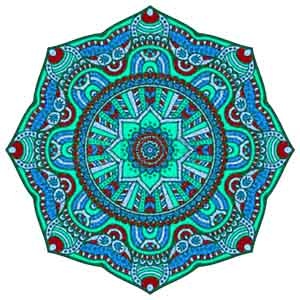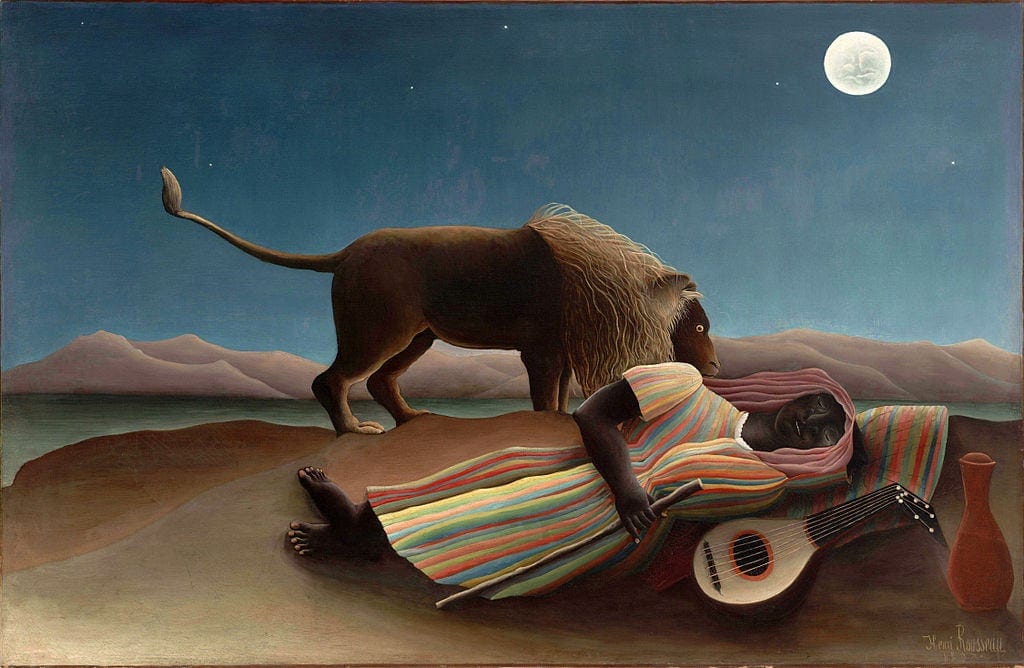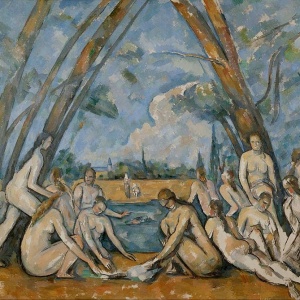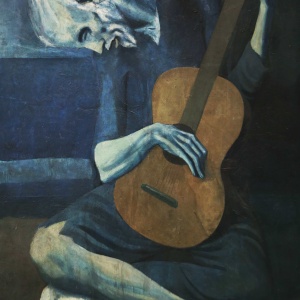Description
The Sleeping Gypsy
Painting type:
Oil painting
Size:
30cm x 40cm
Note:
Unframed painting!
Info:
The Sleeping Gypsy is an 1897 oil painting by French Naïve painter Henri Rousseau (1844-1910). It is a beautiful picture of a lion thinking of a woman sleeping on a moonlit night.
Rousseau first showed the painting at the 13th Salon des Indépendants, and tried to sell it to the mayor of his hometown, Laval, but without success. Instead, it became part of the Paris charcoal-based private sector, where it remained until 1924, when it was acquired by art critic Louis Vauxcelles. Paris art dealer Daniel-Henry Kahnweiler purchased the painting in 1924, despite the controversy over whether the painting was a forgery. It was discovered by art historian Alfred H. Barr Jr. at the New York Museum of Modern Art.
Rousseau and his contemporaries in Paris were fascinated by nomadic gypsies, the Romany people known in France as bohémiens: men and women exiled to the margins of society during the revolution of the nineteenth century. French writers and painters have historically linked Roma with Egypt and Bohemia, which may explain Rousseau’s portrait of a woman with dark skin lying quietly – even though a large lion sniffed her shoulder – in a dry place. With its flawed flat-colored planes, simple geometric forms, dreamlike atmosphere, and unusual themes, Sleeping Gypsy simultaneously exudes a pre-business aspiration and affirms its status as a new form of modern art; details of an unsuspecting lion’s eye and teeth like a zipper testify to the artist’s image of unity.
Rousseau, a paymaster for the city of Paris (also known as Le Douanier), was highly educated, despite his strong desire to enter the Académie Française. He turned down the official recognition that he so desperately needed, later becoming a hero, though unintentionally, of the 20th-century avant-garde artists, who called him one of them.





